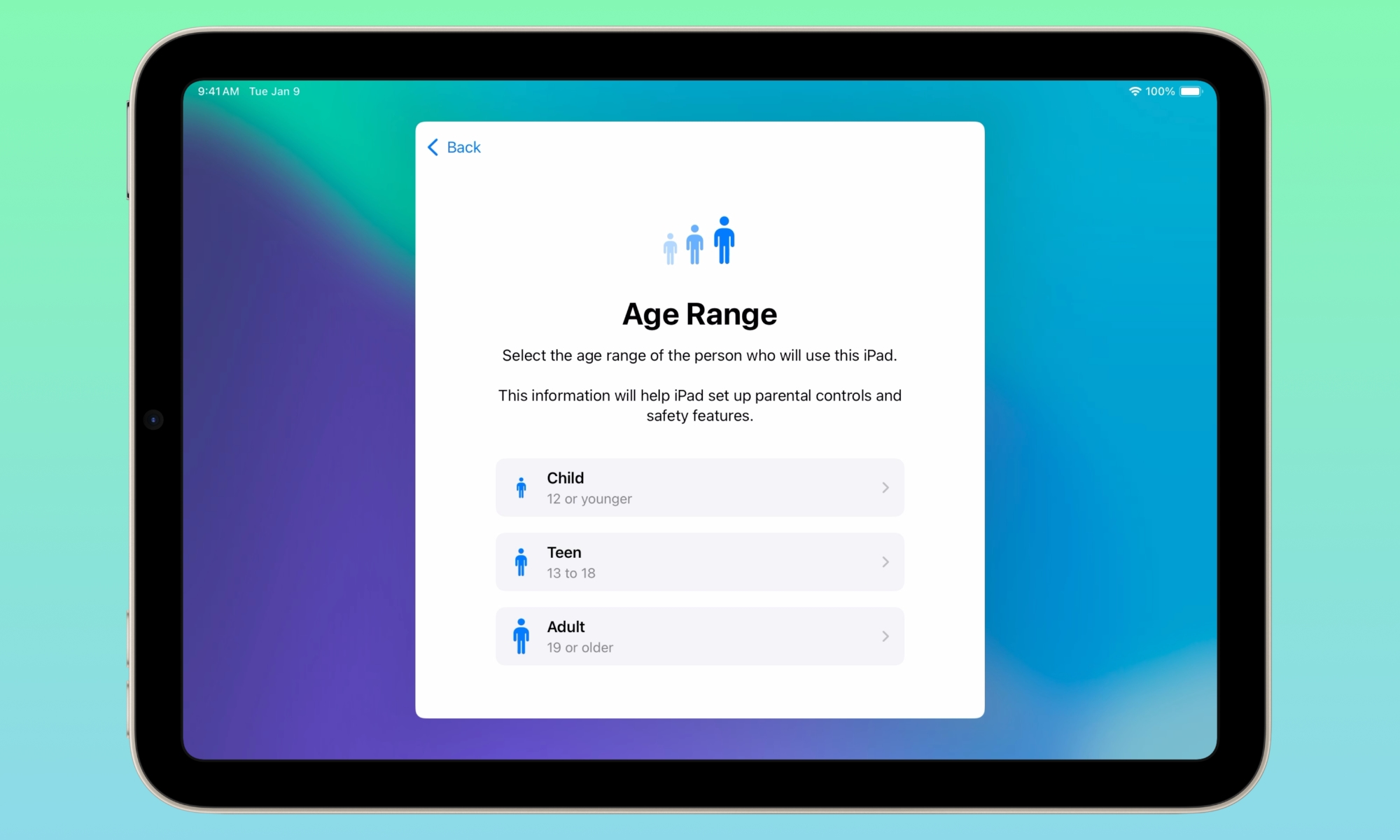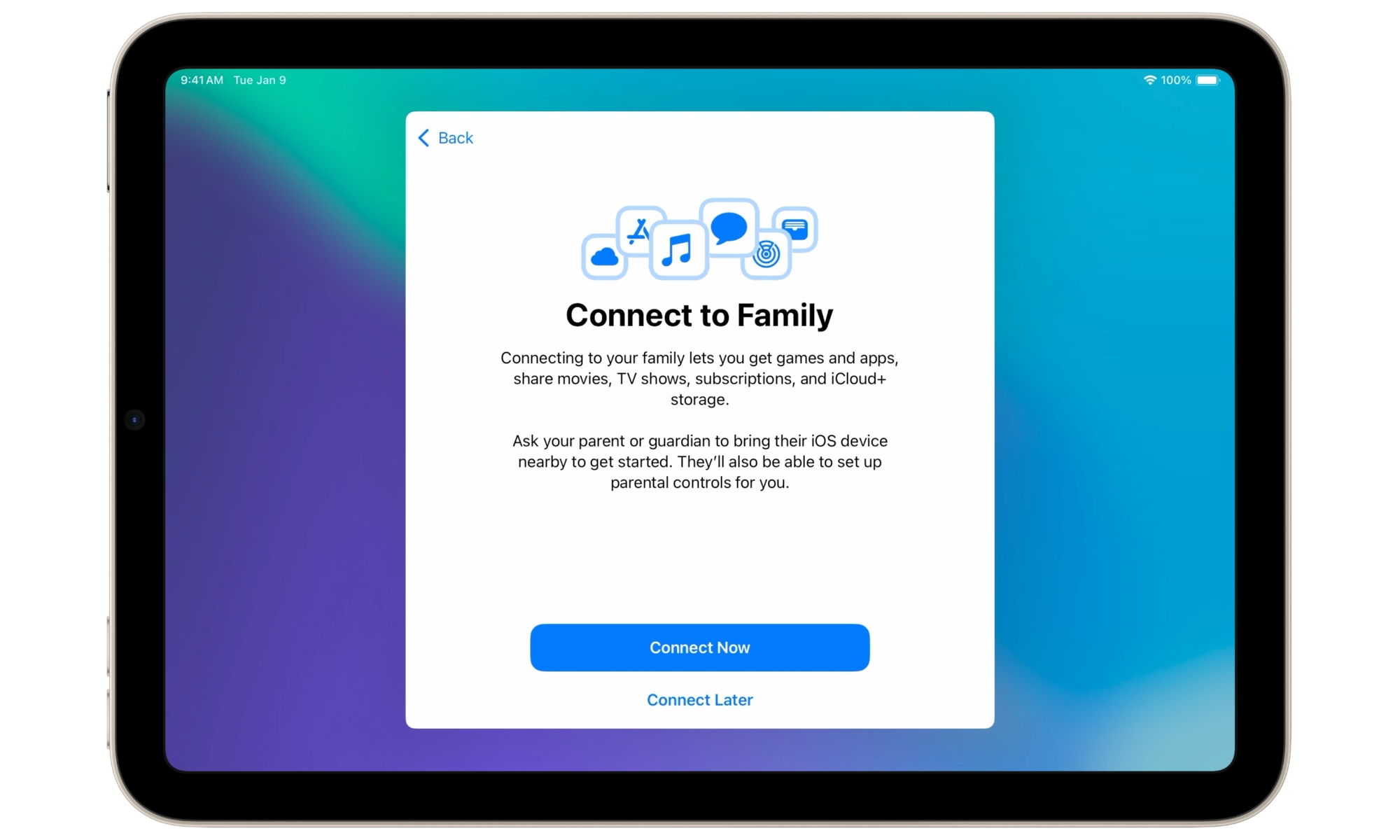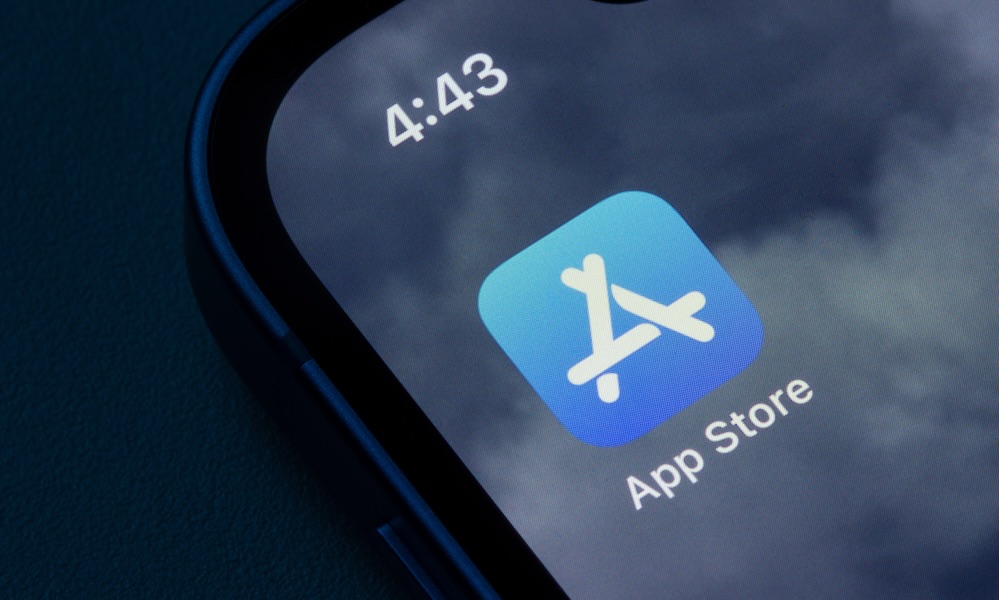Apple Is Adding These New Child Privacy and Safety Features in iOS 18.4 and Beyond

Toggle Dark Mode
Apple release the first beta of iOS 18.4 last week with some new Apple Intelligence features and a new Food section for Apple News+ subscribers. However, it appears there are a few family features tucked under the hood in this upcoming release.
A new developer whitepaper titled Helping Protect Kids Online outlines Apple’s commitment to providing parents and developers with tools to enhance child safety without compromising on privacy. This includes such things as Screen Time, Ask to Buy, Age Ratings & Content Restrictions, Communication Safety, and much more.
In addition to a long list of user-facing features for parents to help protect their kids online safety, Apple has also built several frameworks into iOS behind the scenes to tie into the Screen Time, Family Controls, Sensitive Content Warnings, and Media Ratings that are set globally on the device, saving developers from worrying about coding their own parental controls.
Today, Apple announced that it’s expanding that list this year with three new features that will make it easier for parents to set up Child Accounts and share age ranges without disclosing sensitive information such as a child’s specific date of birth.
Streamlining Child Account Set Up
Apple has always required users to be at least 13 years of age to set up their own Apple Account (formerly known as an Apple ID). However, when it introduced Family Sharing in iOS 8, it gave family organizers (i.e., parents) the ability to create “Child Accounts” for kids under 12 years of age.
These accounts were managed entirely by the family organizer and had to remain a part of the family sharing group until they were old enough to split off into their own independent Apple Account.
With iOS 18.4, Apple will make setting up a new iPhone or iPad for a child or teen even faster by letting parents go through the Child Account set up process while configuring the device. Parents will also be able to skip the account creation entirely if they’re in a hurry to get going while still being able to choose child-appropriate default settings. This will let the youngster start using their new device immediately without the parent needing to worry that they might have access to something they shouldn’t.
Parents will still need to set up a Child Account to get aces to all of the features of the device, but at least basic parental controls and safety features will be available right out of the box.
This is already in place in the first iOS 18.4 beta. When setting up a new iPhone or iPad, a new setup screen prompts the user to set an Age Range of Child (12 or younger), Teen (13 to 17) or Adult (18 or older), to help set up predefined parental controls and safety features.
Apple also adds that it will make it easier for parents to correct the age associated with a child account in the event it wasn’t set up properly. Apple already introduced this ability in early 2017, allowing parents to “come clean” and adjust the birthdates for parents who fudged the age when setting up an Apple ID for their kids before Family Setup was available. This involved manually editing the Apple Account to change the date of birth, which wasn’t entirely obvious. Apple’s new solution will likely make it simpler and more intuitive to do this.
Age Ranges for Greater Privacy
The other big change coming later this year is a way to provide developers with information about the age range of kids without disclosing their specific age or date of birth.
Since most age-appropriate content applies to broad age ranges, this will help developers take advantage of integrated parental controls based on the device-wide parental control settings. Apple says that a new “Declared Age Range API” will be available to let developers securely request this information, but it will still be up to the parents whether they want to allow this information to be shared, and like any other iOS-level permission, this can be revoked at any time. Most importantly, it won’t provide kids’ actual birthdates.
Age Assurance and Privacy
Apple’s whitepaper also explains how the company is focused on ensuring that age verification can be handled by “collecting and using only the minimum amount of data required to deliver what you need.”
The principle is similar to the one behind Apple’s Digital Driver’s Licenses. When presenting a digital ID from Apple Wallet in those states that support it, a a verifier’s terminal requests only the items from the ID that are directly relevant to their purposes. For example, a store or venue with age restrictions doesn’t need to know your home address, phone number, or even your name or specific date of birth — they only need a verified way of collecting your age, and possibly a photo so they can visually identify you (although Apple’s Digital IDs should obviate this requirement as only the ID holder can authenticate with Touch ID or Face ID to unlock the Digital ID).
When it comes to age verification on Apple’s platforms, Apple notes that most apps shouldn’t need to require age verification, especially if that involves requiring users to supply sensitive information like a government-scanned ID.
That’s why the right place to address the dangers of age restricted content online is the limited set of websites and apps that host that kind of content. After all, we ask merchants who sell alcohol in a mall to verify a buyer’s age by checking IDs — we don’t ask everyone to turn their date of birth over to the mall if they just want to go to the food court.
Apple
Apple maintains that requiring age verification at the App Store level is not “data minimization,” as only a fraction of apps on the App Store require age verification. It therefore feels it’s inappropriate to require users to hand over sensitive, personally identifying information.
Instead, the Declared Age Range API is narrowly tailored to allow developers to collect age information securely and privately by putting parents in control. While not every iPhone user under the age of 18 will necessarily belong to a family group, Apple has created a robust set of tools that even non-tech-savvy parents can use to ensure their kids’ accounts are properly configured and identified as such.
More Granular Age Ratings for Apps
Apple also announced that it plans to expand the set of age ratings for the App Store to allow developers to tailor their apps more appropriately for kids.
Currently, the App Store offers age ratings of 4+, 9+, 12+, and 17+. Later this year, Apple will adjust those by replacing the two adolescent ratings with three new ones: 13+, 16+, and 18+. Here’s how Apple describes these:
- 4+ Years Old: The app contains no objectionable content.
- 9+ Years Old: The app may contain instances of content not suitable for users under 9, including infrequent or mild cartoon or fantasy violence, profanity or crude humor, or mature, suggestive, or horror or fear-themed content.
- 13+ Years Old: The app may contain instances of content not suitable for users under 13, including infrequent or mild medical or treatment focused content, references to alcohol, tobacco, or drug use, sexual content or nudity, realistic violence, or simulated gambling; or frequent or intense contests, profanity or crude humor, horror or fear-themed content, or cartoon or fantasy violence.
- 16+ Years Old: The app may contain instances of content not suitable for users under 16, including through unrestricted web access, frequent or intense mature or suggestive content, or medical or treatment focused content.
- 18+ Years Old: The app may contain instances of content not suitable for users under 18, including through instances of gambling, frequent or intense simulated gambling, references to alcohol, tobacco, or drug use, sexual content or nudity, or realistic violence.
Here are Apple’s current Age Ratings for comparison. The 4+ and 9+ remain largely unchanged, and the 13+ is mostly just an adjustments to the current 12+ rating.
On the other hand, the new 16+ and 18+ ratings appear to be splitting the difference on the current 17+ rating. For example, 16+ will allow unrestricted web access and “frequent or intense mature or suggested content,” while “frequent or intense” gambling, sexual content, nudity, and realistic violence is limited to the 18+ level.
Apple also plans to refine the App Store experience to help parents be better informed about content within apps, including highlighting whether apps contain user-generated content or advertising capabilities that could involve age-inappropriate content, or if an app has its own content controls that the parents should configure directly within the app.
Apple will also begin hiding apps on the App Store that are above the age threshold set for child and teen accounts in key places such as the Today, Games, and Apps tabs.











